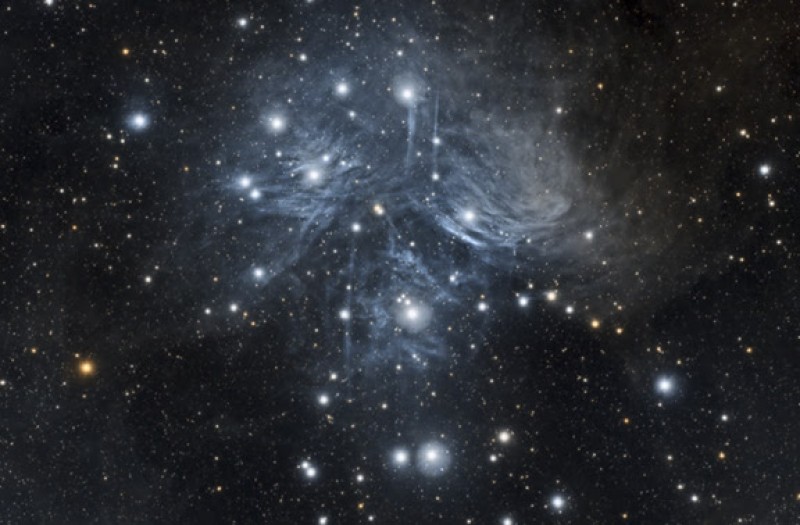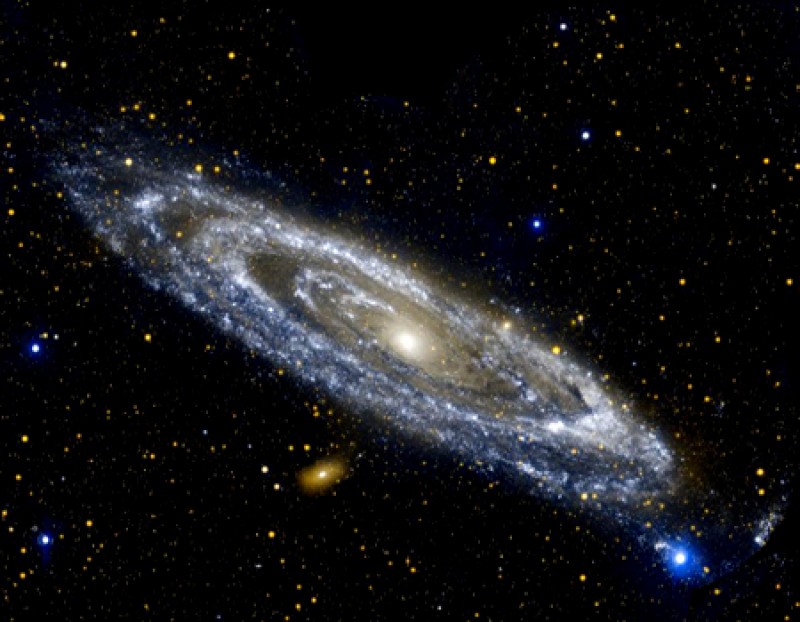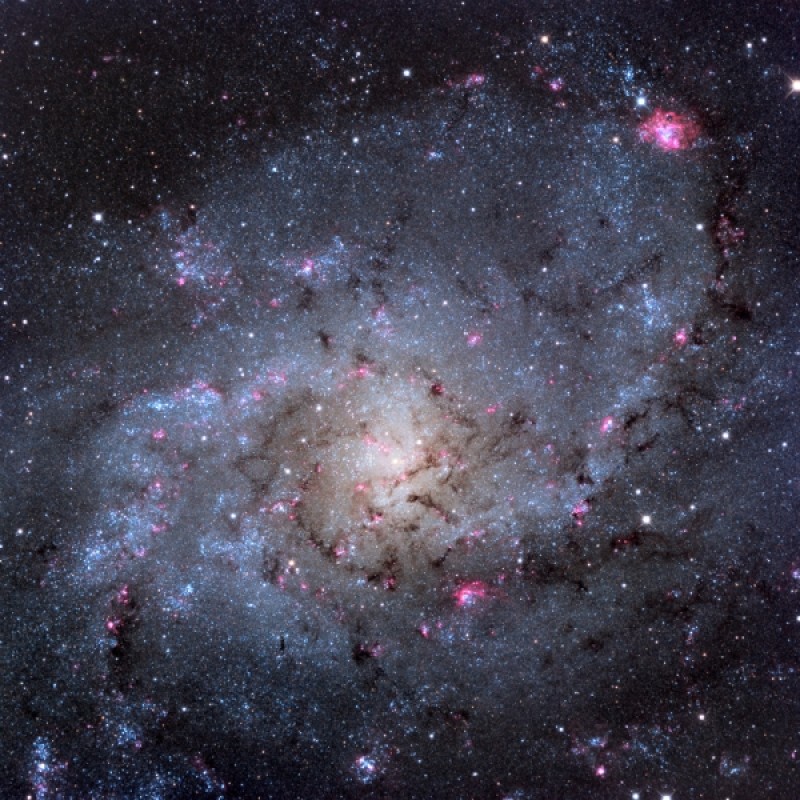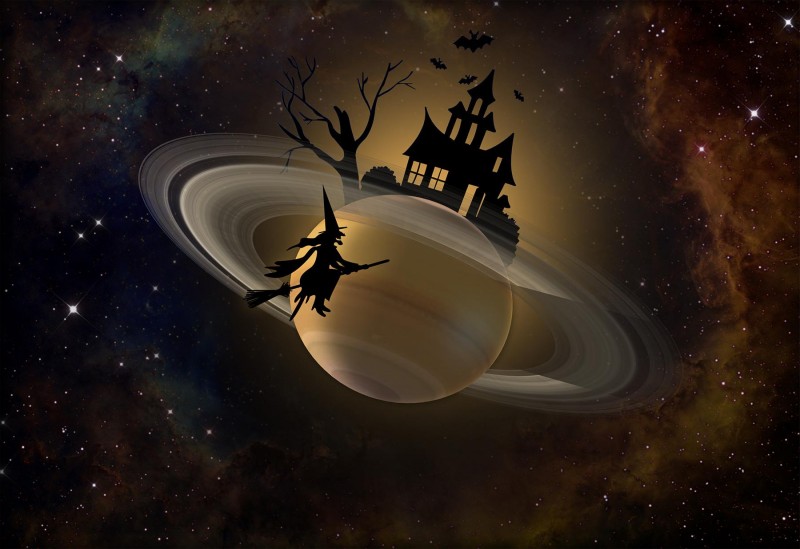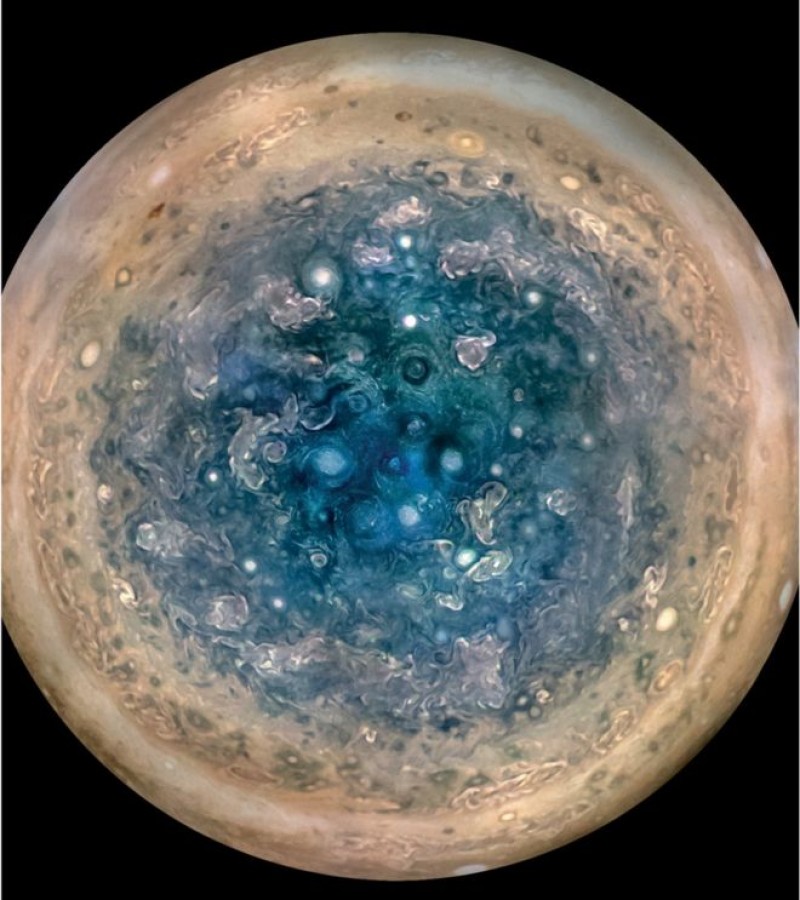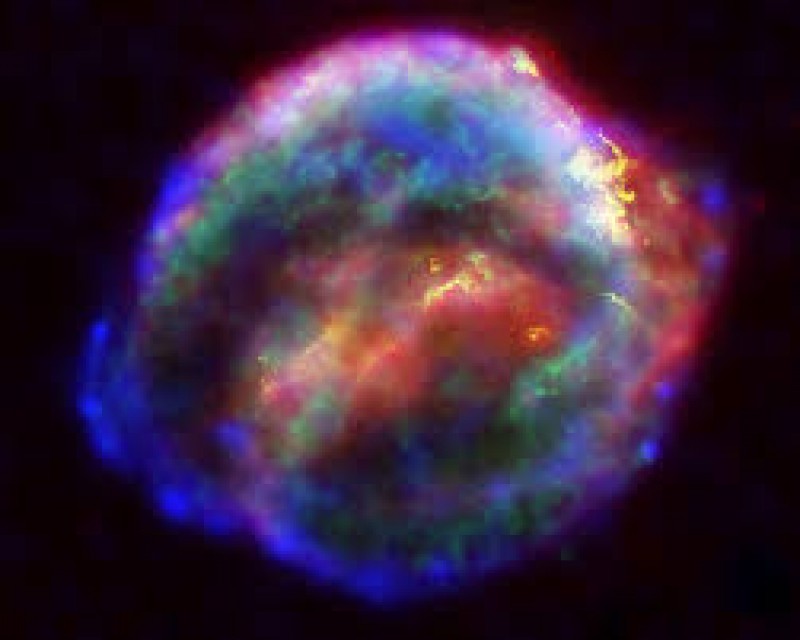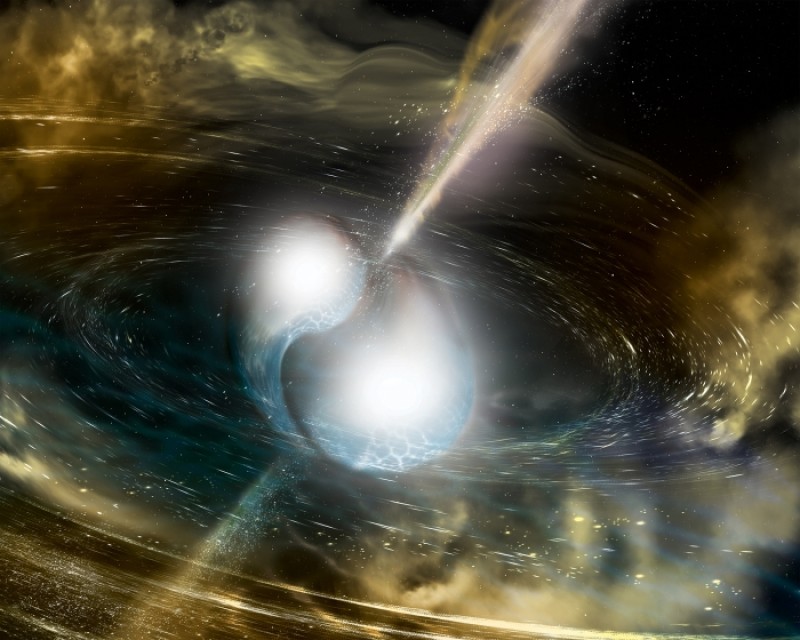Articles
November Skies
Wednesday, November 8th 2017 12:17 AM
November brings a collection of new things to see in the night skies. The summer Milky Way is gone by the early evening and by midnight many of the winter constellations can be found rising. These skies offer a amazing collection of stunning clusters, galaxies and nebulae to see and photography. The Beaver MoonThe full moon for November has actually already passed, being it occurred on November 4th. This full moon is known at the Beaver moon. The name comes from the time of year one would set traps to catch beavers before the ponds froze over. This would allow people to utilize the warm fur coats for the winter. Some Native American tribes would also refer to the November full moon as the Frost moon to signal the coming frosts of winter. November Meteor ShowersThere is one major meteor shower this month, the Leonids. The Leonids occurs November 17 to 18th which is perfect as the new moon occurs on...
Read More
Read More
Oldest Spiral Galaxy Ever Seen May Reveal Secrets About the Milky Way
Tuesday, November 7th 2017 08:27 PM
Galaxies come in many different shapes and sizes, and researchers think many spiral galaxies form mainly through mergers of smaller elliptical galaxies, although many factors can affect how a galaxy changes its shape over time, according to NASA. Elliptical galaxies are disks that can be mostly circular or very elongated but lack the arm-like features of spiral galaxies.
Astronomer Edwin Hubble was one of the first people to theorize that elliptical galaxies evolved to form spiral galaxies, although he did not fully appreciate the complexity of galaxy evolution, according to the European Space Agency's Hubble Space Telescope website. Nonetheless, researchers still refer to the time in cosmic history when spiral galaxies began to form from elliptical galaxies as "the Hubble sequence."
"Studying ancient spirals like A1689B11 is a key to unlocking the mystery of how and when the Hubble sequence emerges," Cen said in the statement...
Read More
Read More
Kiss the Sky Tonight!
Thursday, November 2nd 2017 04:42 PM
The lovely Triangulum Galaxy (NGC 598), visible during the month, belongs to the same cluster of galaxies that includes our own Milky Way Galaxy. Also known as M33, the galaxy is about 3 million light-years away. It can be seen in a dark sky with a small telescope. (Image Credit: Adam Block, Mount Lemmon SkyCenter, University of Arizona)
Welcome to the night sky report for November 2017 -- Your guide to the constellations, deep sky objects, planets, and celestial events that are observable during the month. The night sky is truly a celestial showcase, so get outside and explore its wonders from your own backyard. In the now famous words of James Marshall Hendrix (apparently a fellow admirer of the heavens), "Excuse me while I kiss the sky."Evening PlanetsAfter sunset, look for Saturn low in the southwestern sky. Use a telescope to view the ringed planet before it slips below the horizon.Constellations and Deep Sky ObjectsSome fish, a ram, and a triangle can all be found in the...
Read More
Read More
Study Identifies Likely Location of Merging Black Hole Giants
Wednesday, November 1st 2017 05:44 PM
Scientists on the hunt for colliding black holes should turn their eyes to the quiet, outer regions of galaxies like the Milky Way, a new study suggests.
In late 2015, researchers made the first-ever direct detection of gravitational waves — ripples in the universal fabric known as space-time. Astronomers have now detected four separate gravitational-wave signals coming from pairs of black holes colliding and merging together. The fusion of black holes this size — about 20 to 50 times the mass of the sun — had never been directly observed in nature before.
Unfortunately, gravitational-wave detectors have a tough time narrowing down where those merging black holes are located. This makes it difficult for scientists to do follow-up studies, or to look for possible sources of light around the black holes. [No Escape: Dive Into a Black Hole (Infographic)]
Previous work had suggested that pairs of black holes in this mass range are more lik...
Read More
Read More
Halloween Treat: NASA Releases a Playlist of the Universe's Spooky Sounds
Tuesday, October 31st 2017 05:45 PM
In honor of Halloween, NASA released a playlist of eerie space sounds picked up by various satellites traveling through the universe.
The playlist includes sounds from several missions to worlds such as Jupiter, Saturn and other celestial bodies in the outer solar system. Although there is no atmosphere or other medium to carry sound waves in the vacuum of space, some spacecraft instruments are able to capture radio emissions from bodies in the solar system. These emissions are then transmitted back to earth and converted into sound waves, according to a statement from NASA.
NASA's Juno spacecraft, for example, captured the "roar" of Jupiter as it entered the planet's magnetosphere. The loud sounds recorded by the satellite represent the spacecraft's crossing of the bow shock just outside the magnetosphere on June 24, 2016. The bow shock is formed by the collision of stellar wind with the planet's magnetosphere. ['Whistling' Volcanic Lightning He...
Read More
Read More
Jupiter's Northern, Southern Lights Beat Out of Sync
Tuesday, October 31st 2017 05:33 PM
Astronomers have finally detected X-rays blazing from Jupiter's mysterious southern lights, a new study finds.
Unexpectedly, the giant planet's northern and southern lights do not pulse in time with each other, but beat out of sync, according to the new work. This finding raises questions about how these auroras are generated, the researchers said.
NASA's Voyager 1 probe first detected auroras on Jupiter in 1979, concentrated near the planet's north pole. Auroras occur when energetic winds of electrically charged particles — say, from the sun — get captured by a planet's magnetic field and collide with atoms in that world's atmosphere. This results in colorful streamers of light in the planet's sky, usually near the body's magnetic poles.
Jupiter's giant magnetic field is the strongest of all the planets in the solar system, at nearly 20,000 times the strength of Earth's, and the gas giant's auroras are similarly powerful and especially bright in...
Read More
Read More
diary of a Supernova
Monday, October 30th 2017 06:37 PM
Everything in the universe someday comes to an end. Even stars. Though some might last for trillions of years, steadily sipping away at their hydrogen reserves and converting them to helium, they eventually run out of fuel. And when they do, the results can be pretty spectacular.
Our own sun will make a mess of the solar system when it enters the last stages of its life in 4 billion years or so. It will swell, turn red (consuming Earth in the process) and cast off its outer layers, giving one last gasp as a planetary nebula before it settles down into post-fusion retirement as a white dwarf. [Supernova Photos: Great Images of Star Explosions]
The most spectacular deaths, though, are reserved for the most massive stars. Once an object builds up to at least eight times the mass of the sun, interesting games can be played inside the core, with … explosive results.
Walking the nuclear line
Any star, no matter how massive, walks a thin tightrope...
Read More
Read More
Comet Returns
Monday, October 30th 2017 06:25 PM
A special comet just made its grand return to the view of one of NASA's sun-gazing spacecraft. Comet 96P/Machholz was caught on camera by the Solar and Heliospheric Observatory (SOHO), which is co-managed by the European Space Agency.
A picture from Oct. 25 shows Comet 96P in the bottom-right corner of the image, exactly as predicted. The comet made its way up the right-hand side of the spacecraft's field of view before disappearing out of sight on Monday (Oct. 30). A composite image of the comet's travels released Friday (Oct. 27) showcases that flyby.
This visit marks the fifth time Comet 96P has flown past the sun under SOHO's watch, with previous appearances in 1996, 2002, 2007 and 2012. [Amazing Comet Photos from Earth and Space]
This composite image shows the approach of Comet 96P/Machholz around the sun between Oct. 25 and 27 as seen by the NASA/ESA Solar and Heliospheric Observatory in space. The comet is making its fifth trip around t...
Read More
Read More
First Time That a Cosmic Event is Observed Optically and With Gravitational Waves
Friday, October 27th 2017 06:45 PM
For the first time, scientists have directly detected gravitational waves (ripples in space-time) together with the light from a spectacular collision of two neutron stars. This marks the first time that a cosmic event has been observed with both gravitational waves and light. The discovery was made using the Laser Interferometer Gravitational-Wave Observatory (LIGO) in the US, the Virgo detector in Italy, and some 70 ground and space-based observatories. Neutron stars, the smallest, densest stars known to exist, are formed when massive stars explode in supernovas. Neutron stars are so dense that a teaspoon of neutron star material has a mass of about a billion tons. As two of these neutron stars spiraled together about 130 million years ago, they emitted gravitational waves that were detected for about 100 seconds on August 17, 2017. In the days and weeks following the initial discovery, a full spectrum of light and electromagnetic radiation from the event (including X-ray,...
Read More
Read More
Sputnik 1 -- 60 Years Ago Today
Friday, October 27th 2017 06:40 PM
History changed 60 years ago today, on October 4, 1957, when the Soviet Union successfully launched Sputnik 1. The world's first artificial satellite was about the size of a beach ball -- about 23 inches diameter -- and weighed less than 190 pounds. It took about 98 minutes to orbit the Earth on its elliptical path. That single launch ushered in a whole array of new political, military, technological, and scientific developments in the years that followed. While the Sputnik launch was a single event, it marked the start of the Space Age and the US - USSR space race.Like the Soviet Union, the United States was planning to launch a satellite as part of the International Geophysical Year. Caught off-guard, the American public felt echoes of the Japanese attack on Pearl Harbor less than 16 years before. Americans feared that the Soviets, whom they believed were behind the US technologically after the devastation of World War II, could launch ballistic missiles armed with nuclear weapons at...
Read More
Read More
